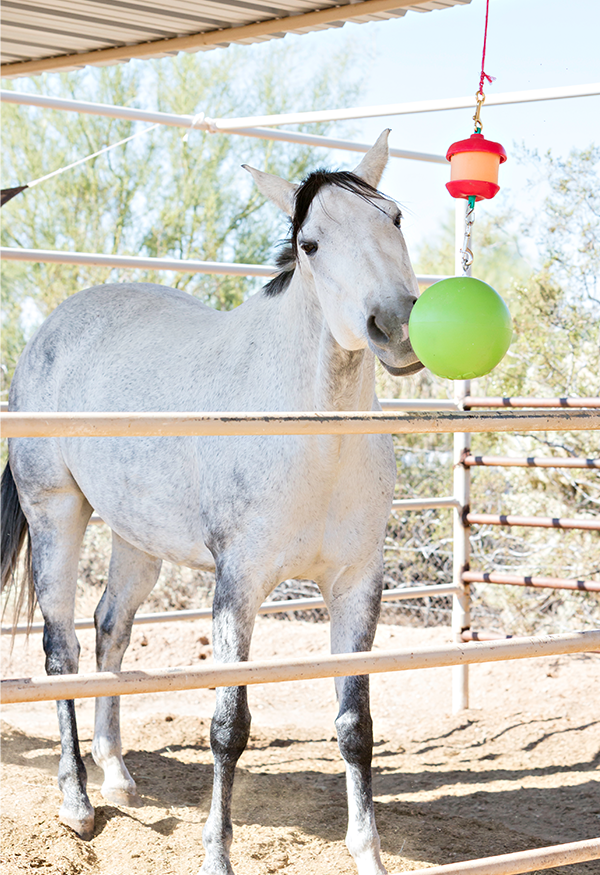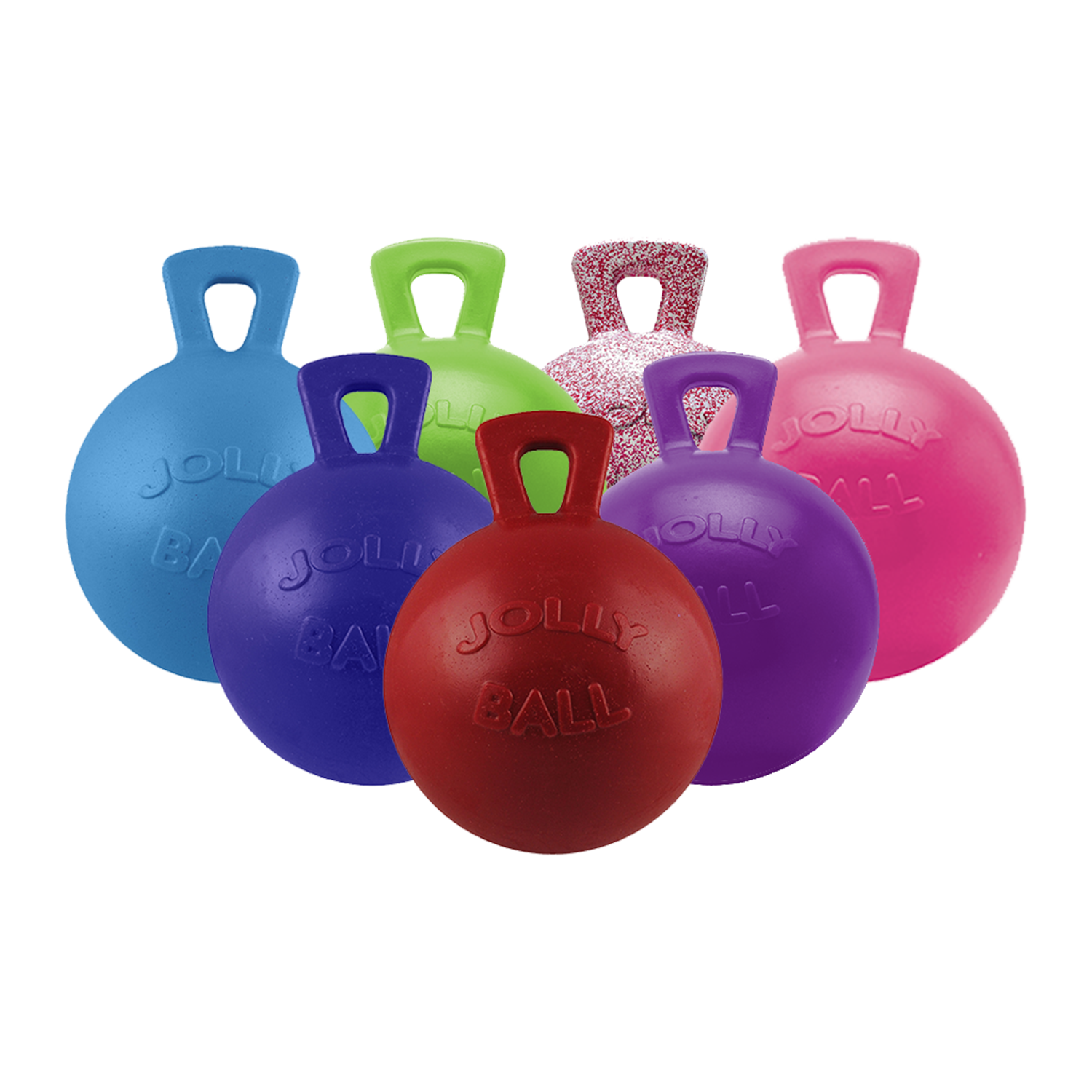Your Cart is Empty
FREE Economy Shipping on orders over $75
Menu

FREE Economy Shipping on orders over $75
Veterinary Tips on Equine Boredom
July 21, 2025 1 min read

Many horses spend the majority of their lives in a stall or confined environment. The stall is where they eat, sleep, rest, and recharge. While some horses tolerate stall time well, others may struggle. Much like a teenager spending excessive time alone in their room, horses can become bored and may exhibit negative behaviors.
Some horses may crib, increasing their risk for colic, dental damage, gastric ulcers, and damage to the stall structure. Others may pace restlessly, causing significant wear and tear on their joints. In some cases, stall confinement may lead to aggression, complicating handling, husbandry, feeding, and overall well-being.

Long-term boredom in horses can result in a range of health and behavioral issues, including ulcers, obesity, physical deconditioning, and repetitive behaviors.
Bored horses may weave or pace continuously, contributing to orthopedic and musculoskeletal problems. Prolonged boredom can also lead to depression, poor performance, stagnation edema, and hoof issues.

Fortunately, there are simple and effective solutions to combat equine boredom!
Changes in turnout routines, increased activities, and the use of enrichment tools can make a significant difference. Enrichment options may include toys, puzzles, food foraging opportunities, modifications to daily routines, regular exercise, and social interaction.
Background music has also been shown to provide a calming effect. Food puzzles serve both as enrichment and a way to supplement dietary needs. Additionally, many toys encourage natural behaviors such as suckling and licking, which can promote cervical and respiratory health.
HAVING A JOLLY GOOD TIME?
Keep the good times going! Sign up to receive monthly treats directly to your inbox!

TAKE 10% OFF
Signup for emails and take 10% off your first order!

















